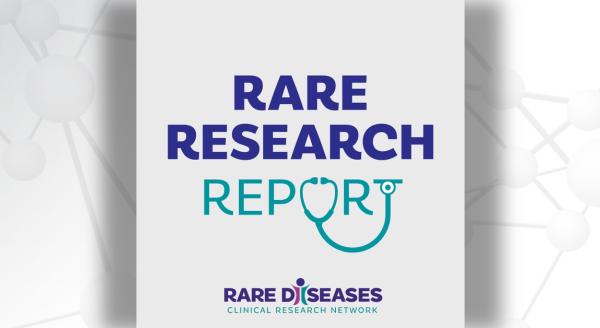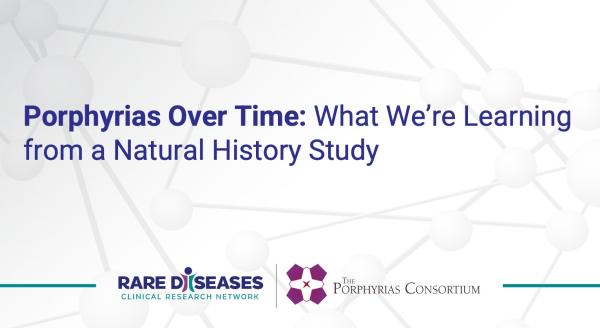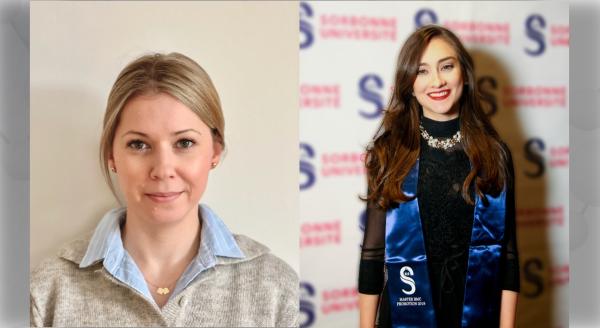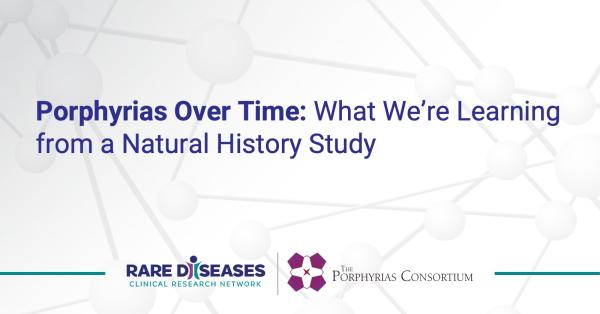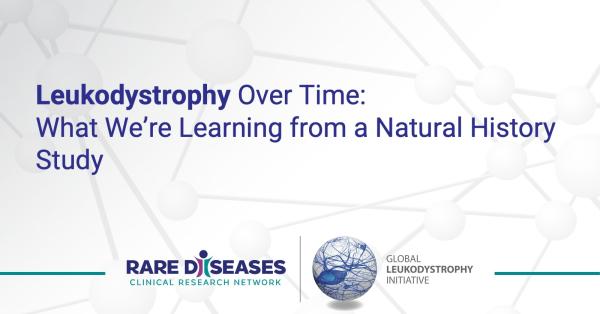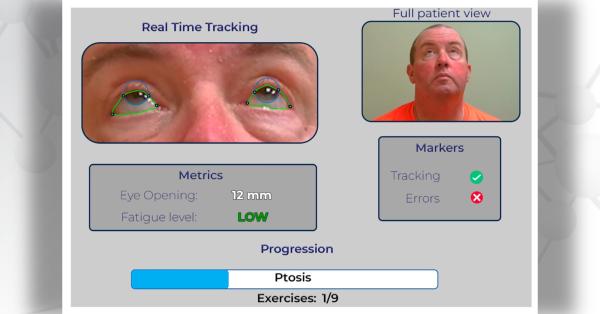Two recent workshops, sponsored by he European Commission, Health Directorate, DG Research and Innovation, and the US National Institutes of Health, Office of Rare Diseases Research (ORDR), have been held with a focus on the development of international initiatives on research of rare diseases. One of the suggested initiatives is the International Rare Diseases Research Consortium (IRDiRC). The goals of the Consortium are to deliver by 2020, 200 new therapies for rare diseases and diagnostic tests for most rare diseases. To reach these goals, utilizing available resources and adhering to coordinated research efforts are keys to success in the research of rare diseases and the development of orphan products and diagnostics. Worldwide sharing of information, data and biospecimen samples to support research is required. There is a need for appropriate rare disease classification, standard terms of reference and common ontologies. Duplication of research efforts must also be avoided and links between teams working on similar issues must be fostered. The need for harmonized regulatory requirements was also identified as a key to the global development of orphan products for rare dsieases.
On 26-28 October 2010 in Reykjavik, Iceland, the first workshop, Fostering Trans-Atlantic Cooperation on Rare Diseases, was held to explore international coordination in rare disease research. A recommendation was made to launch an International Rare Disease Research Consortium (IRDiRC), that will link funding agencies and organizations, researchers, patient advocacy groups, the pharmaceutical industry, and regulatory agencies from around the world.
The report of this workshop can be found on http://ec.europa.eu/research/health/medical-research/rare-diseases/events-03_en.html
More recently, a second workshop, Fostering International Collaboration on Rare Diseases Research: Launch of the International Rare Diseases Research Consortium, took place in Bethesda on 6-8 April 2011. This workshop offered opportunities to discuss how this international initiative could be framed. A policy document will be developed before the end of this year, describing goals, research objectives, policies and the governance structure that will help foster international collaboration. Working groups on important issues were suggested.
A summary statement from this 2nd workshop can be found at http://rarediseases.info.nih.gov/files/IRDiRC%20Statement%20IRDiRC.pdf


